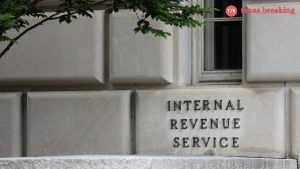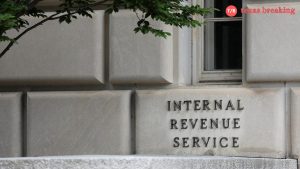
According to a new Bankrate survey, more than 1 in 4 (or 27%) Americans with a checking account are paying monthly fees, including routine service charges to ATMs, and overdraft fees. Despite many banks on the market not charging for the said services.
The survey found that on average, fee-paying checking account holders chalk up $24 monthly or $288 yearly. And as the chances of a downturn grow and hiring looks likely to slow in the next year, nearly half (or 48 percent) say those checking account fees are preventing them from preparing for a recession.
More than 2 in 5 Generation Z and millennials pay those monthly banking costs, compared with 22 percent of Gen X and 14 percent of baby boomers. Those fees are especially pinching younger generations.
If you’ve ever felt like your bank charged you for something and you didn’t see it coming, here’s a rundown of the most common fees that banks charge—and tips to avoid them according to the Better Money Habits site.
Account maintenance and minimum balance
How much?
$5 to $25 per month—accounts with more additional features or trimmings, like rewards accounts, may charge more.
Can you avoid it?
Other banks may require a minimum balance and may charge a fee if you didn’t meet the required balance. Banks may waive their fee if you keep a minimum amount in your account.
ATM
How much?
For a single transaction, you could pay as much as $4 to the ATM provider and also $4 to your bank.
Can you avoid it?
Many banks offer apps that tell you where to find a fee-free ATM in your area. Or when you are near your bank’s ATM withdraw cash in advance.
Overdraft
How much?
About $35, if you’ve signed up for the bank’s overdraft coverage.
Can you avoid it?
Try low-balance alerts to prevent over-drafting.
Insufficient funds
How much?
Item fee could be $35 insufficient funds or returned.
Can you avoid it?
Try low-balance alerts for you to get notified when your account is low.
Excess transactions
How much?
Per transaction ranging from $3 to $25 —with additional transactions the amount may increase.
Can you avoid it?
Use a checking account for everyday withdrawals and bill pay.
Wire transfer
How much?
$20 or more for domestic transfers while $35 or more to send money abroad.
Can you avoid it?
Try other methods for transfers, use online banking or a person-to-person transfer via your bank’s app.
Account closing
How much?
Up to $25.
Can you avoid it?
Typically to avoid the fee you need to keep your account open for 90 to 180 days before closing it.
According to Bruce McClary, senior vice president at the National Foundation for Credit Counseling, to know what you’re paying for your checking account, you should keep tabs on your statements at least monthly.
He added, start with the basics in looking at your transactions and make sure they’re accurate. Then evaluate your transactions and withdrawals and any account maintenance fees that come up.
“If you feel that you’re being charged mistakenly, that should prompt a conversation with your bank,” McClary said.
READ ALSO: Low-Income Loans May Be Challenging For A Tight Budget – Here are 8 Low-Income Lenders





